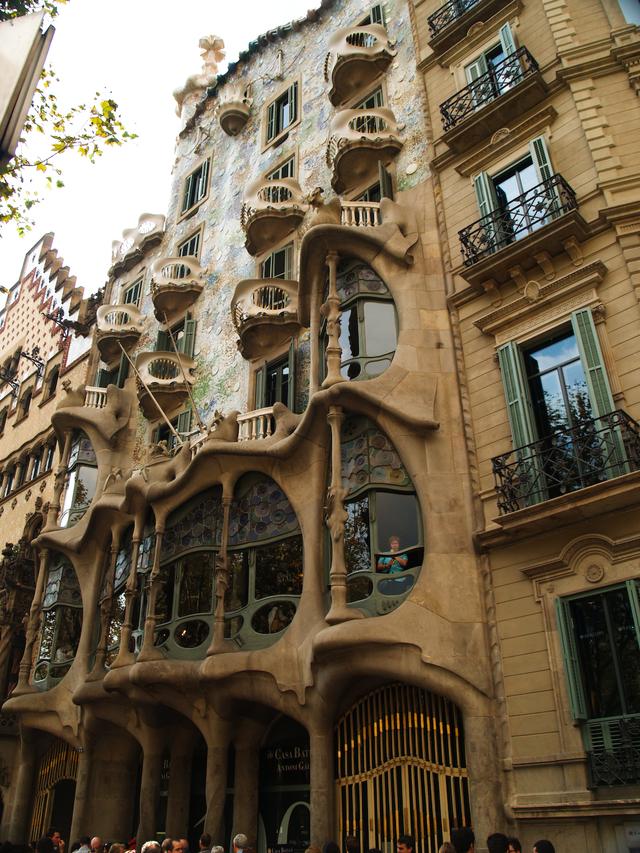In simplistic terms, we can discern in the various philosophical theories of beauty two distinct classes: one could say, firstly, that beauty is an objective characteristic of things – i.e. that beautiful objects would be beautiful, no matter who perceived them – and secondly, that beauty is a subjective characteristic dependent ont the observer of the so-called beautiful thing. The objective interpretation of beauty had for a long time been the philosophical norm, but at least from Kant's Critique of judgement onwards the subjective interpretation has probably been more influential.
(Coincidentally, when I was writing these words, the major Finnish newspaper published a news that neuropsychologists had found out what part of the brain produced an experience of beauty. An overenthusiastic science reporter declared that this would finally solve the question whether beauty was truly in the eye of the beholder. Well, that's it then: close down all the philosophy departments and let the neuroscientists deal with the difficult questions.)
Now, Wolff's definition of beauty appears to fall mostly to the objective side of the equation. True, there are some elements in the definition requiring the interaction of the objects with a subject in order to make the notion of beauty meaningful. Thus, beauty can be also an apperance of perfection and at least requires that someone observes this perfection, that is, it is ridiculuous to call something unobservable beautiful.
Despite this connection to the observation, beauty is for Wolff primarily defined through perfection of things, and even the appearance of perfection or the liking in the observer is necessarily caused by the beautiful thing. Furthermore, Wolff defines perfection in teleological terms as usefulness to someone: beautiful thing is then something that we like, because it seems to fulfill our needs and also does so.

One could easily raise some serious doubts towards Wolff's definition. For instance, how would Wolff explain cases where people have different opinions on what is beautiful? Still, Wolff's definition has some merits especially in case of architecture. For instance, consider some of the houses designed by Gaudi. I have never been inside such a house, but for the sake of an argument, let's assume that they are not very comfortable, and indeed, fail to satisfy even the lowest living requirements. Then we might justifiably deny that the houses by Gaudi were truly beautiful. In fact, they would scarcely be houses at all. In other words, to be beautiful as a house, a building must first satisfy the purpose of accomodating people.

Does this mean then that we could not say that a Gaudi house is beautiful? Not at all, it would just not be beautiful as a house. Yet, it might perfectly satisfy some other purpose, such a being a mock-house – and indeed, what else would it be, but a mock house, that is, a building designed to fool the observer to think it is a house. Thus, it would be a truly beautiful mock house.

With these thoughts I end the consideration of Wolff's Anfangs-Gründe. Next time, I will be studying a philosophically more rewarding work, when I embarge on the first reasonable thoughts of Wolff.
Ei kommentteja:
Lähetä kommentti